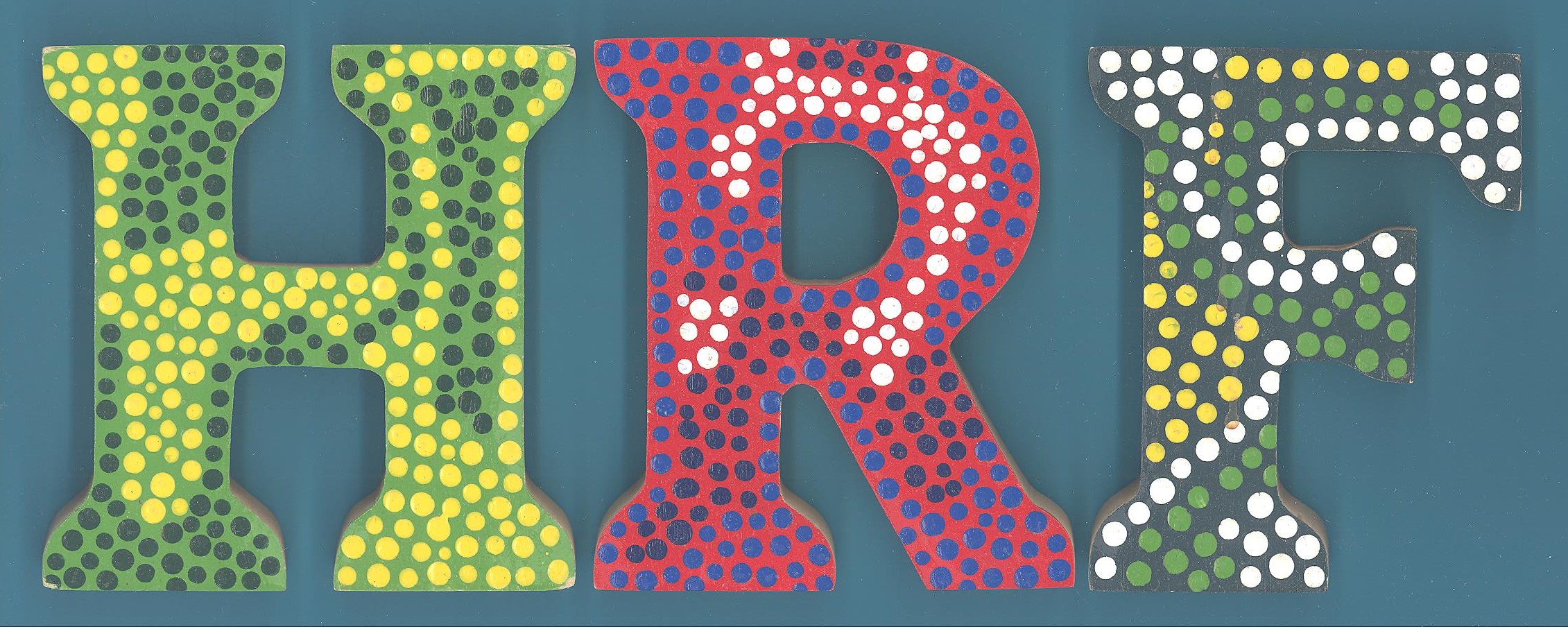
Three People You’ll Wish You Had Met
Geoff was teaching at a school for children with multi-disabilities when he heard about Neil Douglas’ garden in bushland on the outskirts of the city. Geoff contacted Neil, who invited the class to come to his home where he showed them his garden, and took them on walks in the bush. The children were fascinated by this charismatic man with flowing hair and bare feet (he never wore shoes, no matter the temperature, or the occasion), who was happy to share his vast knowledge of gardening and the bush with them. When Neil died early this century, his obituary told his many contributions to Australian culture and the environment, but Geoff remembers best of all his willingness to interact with a group of children that many people at the time would have regarded as “lost causes.”
♦♦♦
Elisabeth MacIntyre was referred to Geoff while he was working at the National Acoustic Laboratories in Sydney, Australia in the late 1970s. She had become deaf in her early teens, but refused to let this stop her from leading a long and rich life. She was the author and illustrator of a number of books for children, one of which, “Susan who lives in Australia,” was written for American servicemen in Australia during World War II to send back home to their families. Despite her profound hearing loss, Elisabeth gained much from the relatively primitive hearing aids that were available at the time. Her face-to-face skills made many people suspect that she was an excellent lipreader, or she had much better hearing than shown on her audiogram. Neither was true. She was a relatively poor lipreader, and struggled to understand speech by listening alone. Put the visual and auditory signals together, however, and she was able to understand easily. Geoff suspects that she would have been an excellent cochlear implant user despite the long duration of her deafness, but, unfortunately, she was never given the opportunity to receive one.
♦♦♦
Gustaf Söderlund was visiting relatives in Copenhagen, Denmark in 1945 when he contracted meningitis, which resulted in him becoming profoundly deaf at the age of eight. Hearing aids provided no assistance to Gustaf, but he became aware that touching the side of a talker’s throat gave him access to vibratory cues that enhanced his lipreading abilities. Using this unique method, which he called tactiling, Gustaf completed mainstreaming schooling and university, and felt that he was always regarded as being hard-of-hearing rather than deaf. In the 1980s and 1990s, Geoff and a number of other researchers worked with Gustaf to try to develop a vibrotactile aid that would replicate tactiling. These attempts were ultimately unsuccessful, but provided much information on the value of tactual cues and valuable insights into the characteristics of exceptional lipreaders. In 2002, after 57 years of deafness, Gustaf received a cochlear implant. Testing that Geoff conducted on two visits to Sweden showed that Gustaf obtained similar scores for lipreading plus Tactiling, and lipreading plus the cochlear implant. Despite this, Gustaf continued to prefer Tactiling in face-to-face communication. Perhaps it was a case of “old dogs and new tricks,” but, whatever the reason, direct physical contact with the talker remained his preferred method.
